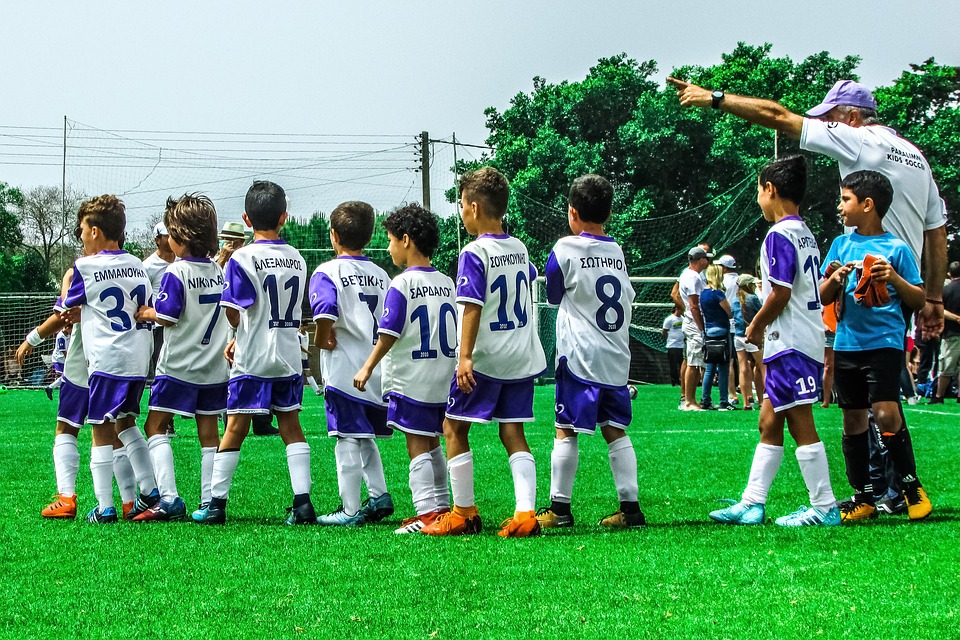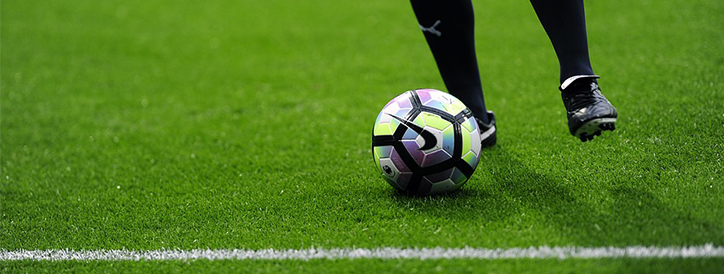Nike is synonymous with innovation in sports. Nike has been known to innovate and introduce new designs for equipment especially in football, recently introducing the Phantom VSN cleat with a quad-fit® inner, and a prime-knit® upper.
However, most innovations in football pertain to footwear, the ball itself, and monitoring equipment including cameras to aid referees in decision-making.
Essentially, football still remains a sport connected to its roots with teams going out in each match and trying to out-maneuver and out-play opposition teams. In such settings, a little tactical advice from the manager on the sidelines has the potential to change the course of proceedings in a match. Communication between the players and the manager is limited to pre-match talks, a half-time chat, and little pieces of advice such as through substitute players, written notes, and instructions shouted from the sideline.
Nike plans to change this aspect of communication and potentially change the sport forever.

A recently published from Nike talks about embedding haptic devices (vibration motors) into shin guards worn by football players, or essentially any protective equipment worn by players in team sports. The vibration motors will also be connected to wireless receivers. The wireless receivers will be, in turn, themselves connected to external devices, like the smartphone, smartwatch, or a computer of a manager.
The manager will them be able to control the vibration in the vibration motors and provide the players with instructions. The vibration in the vibration motors may be related to certain instructions that the manager may want to transmit to the players. For example, the vibrations of different intensities, and in different locations in the shin pad may be related to an instruction of movement in a forward, backward, rightward, or leftward direction.
Additionally, the vibration motors will provide vibration feedback to players related to player positioning on the field. For instance, if the player is a fullback, the vibration motors in the shin pads of the players may provide feedback to the player if the player veers too far forward deserting his defensive duties. The vibration, in this case, will indicate to the player that the player may need to return to a defensive position.
The manager will also be able to provide instructions to individual players or even the entire team together.

Applications
Football is essentially the same sport that has been played since the last few decades. Tactical changes, improved playing styles, and fitness methods have obviously emerged, but it still remains a game in which a team of players tries to outplay the other, by trying to keep possession or by being more defensive and trying to maximize what opportunities come their way. In such a scenario, even small inputs from a manager may change a match completely. Imagine the improvements then, if the players were in constant communication with the manager.
Although the laws of the game are somewhat inconclusive about communicative equipment, only stating that “a player must not use equipment or wear anything that is dangerous to himself or another player (including any kind of jewelry)”, these shin pads are sure to come under scrutiny. It remains to be seen whether these will be accepted by FIFA, and how these are actually incorporated into the game.
Publication Number: US20180345117A1
Patent Title: Shin guard with remote haptic feedback
Publication date: 2018-12-06
Filing date: 2016-11-30
Inventors: Christopher Andon
Assignee: Nike Inc


